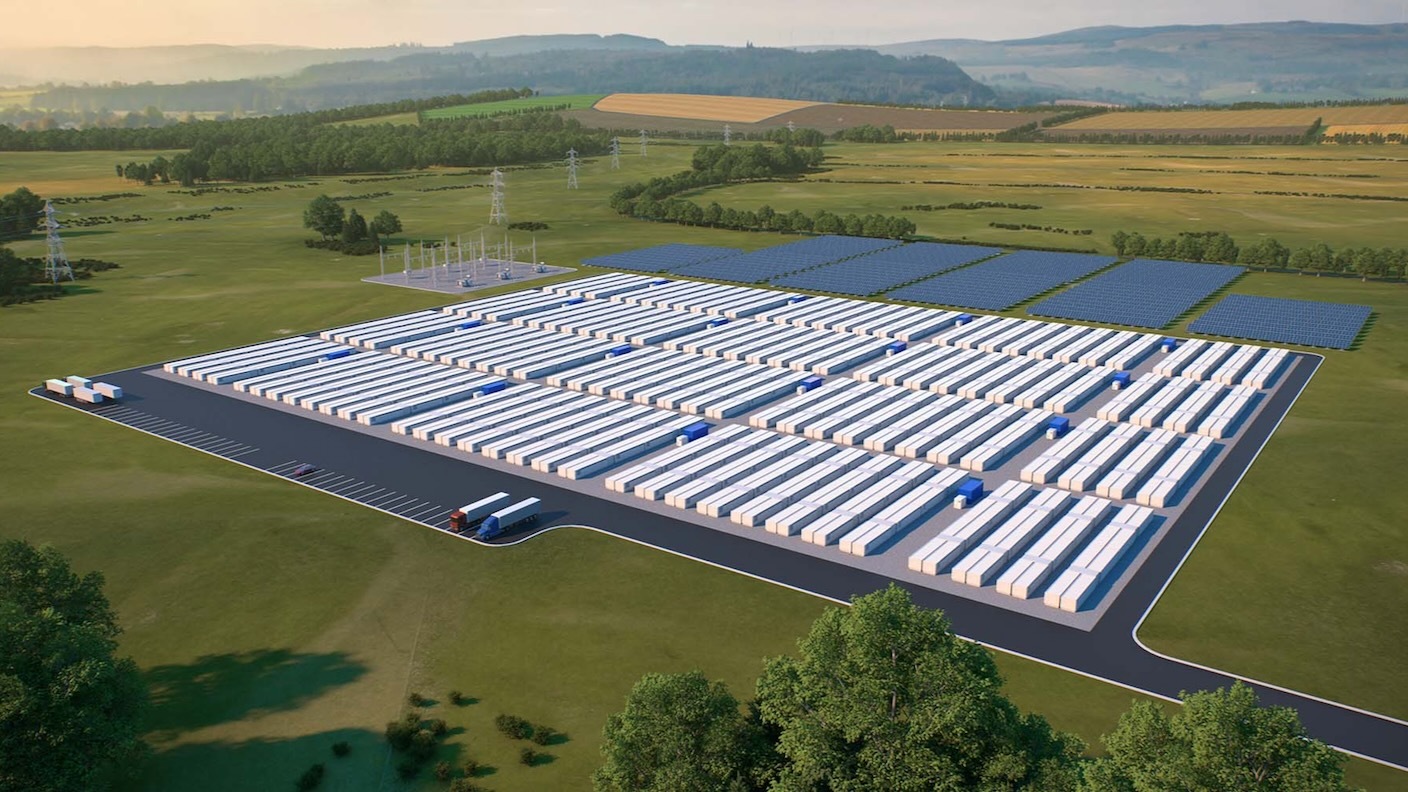very cool, iron-air not lithium ion. good to see less energy dense batteries getting used for grid storage.
next I’d like to see up-cycled car batteries converted to grid storage.
A useful website to help contextualize how much power this is. https://www.eia.gov/electricity/gridmonitor/dashboard/electric_overview/US48/US48
Current US demand as of 20:30CST is ~560,000 Megawatt Hours. This facility can provide 8500megawatt hours over 100hours, or 85Megawatts/hr or about .015% of US electricity demand in an hour. At a cost of around ~$150million, that means to have enough storage for 10% of US demand, you would need ~670 of these facilities, or about $100 Billion.
Not too bad tbh. But of course this facility has a storage capacity of zero until it actually get’s built (if it gets built).
With batteries that would have a multi-day cycle like these ones, you’re going to be trying to flatten out the demand curve (and supply, but the two are related).
The US generates 4.2 PWh a year, and so averages a consumption rate of about 480GW. So, in an ideal system we’d only need this level of generation capacity and if it was higher sometimes and lower others the batteries would smooth it all out.
I’m going to take your 560GW figure as representative of normal demand above the 480GW average. I’ll say half of every day is 80GW above average (when we’d be draining batteries) and half is 80GW below (when we’d be charging). The real curves are much more nuanced, but we’re establishing context. 80GW for 12 hours is 960GWh, so let’s call it 1TWh of battery capacity needed for the whole USA to smooth out a day.
That’s 117 of these installation, which frankly I find amazing that it’s so low.
From what I can gather, the proposed battery will have a capacity of 8.5GWh with a nominal output of 85MW. But it can store 85MW (not MWh) for 100 hours? Either that article is written by someone who doesn’t really know what they’re relaying, or that’s some serious standby power dissipation.
Anybody here who passed high school physics and have some insights?
It can store enough energy to output 85MW for 100 hours, which is 8.5GWh. That’s also probably very optimistic math, unless it actually stores more than 8.5GWh, and that’s the reduced value accounting for losses




